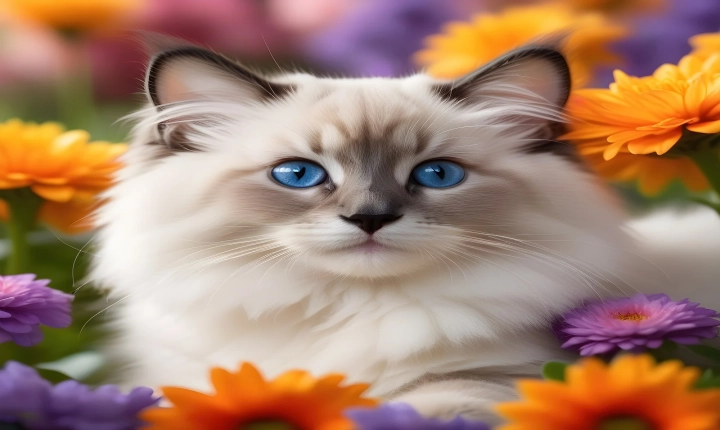Title: Is AI Art Replacing Artists?
In recent years, artificial intelligence (AI) has made significant advancements in the field of art creation, sparking a debate about whether AI could potentially replace human artists. AI has been used to create paintings, music, and even poetry, blurring the lines between what is considered human creativity and what can be generated by a machine.
The notion of AI art replacing human artists raises questions about the role of creativity, emotion, and originality in art. While AI has proven to be capable of producing aesthetically pleasing artworks, there are many who argue that true artistic expression is rooted in human experiences, emotions, and cultural influences. Human artists bring a unique perspective to their work, drawing from their personal experiences and inner emotions to create art that resonates with others on a deeply human level.
One of the most significant concerns with the rise of AI art is the potential commodification of creativity. With AI-generated art becoming increasingly popular, there is a risk that the art industry could become saturated with mass-produced, algorithmically generated artworks, diminishing the value of authentic human expression and creativity.
Additionally, the ethical implications of AI art are a subject of debate. Should AI-generated artworks be considered the original work of the machine, or should they be credited to the human programmers who developed the algorithms? The issue of authorship and intellectual property rights in the realm of AI art is still a grey area that requires further exploration.
On the other hand, proponents of AI art argue that technology has the potential to enhance and complement human creativity rather than replace it. AI can be used as a tool to aid artists in their creative process, helping them to generate new ideas, experiment with different styles, and push the boundaries of traditional artistic techniques. With AI, artists can explore new mediums, textures, and colors that may have been challenging or impossible to achieve through traditional means.
Furthermore, AI art can open doors for a wider range of artists to participate in the art world. Artists who may not have access to traditional art supplies or formal training can use AI as a platform to express their creativity, democratizing the creative process and making art more accessible to a broader audience.
Ultimately, the question of whether AI art will replace human artists remains open to interpretation. While AI has the potential to revolutionize the art world, it is essential to recognize the profound and irreplaceable role that human artists play in contributing to the cultural and emotional landscape of artistic expression. The synergy between AI and human creativity may lead to innovative collaborations and artistic breakthroughs that enrich the art world in new and unforeseen ways.
As the boundaries between technology and art continue to blur, it is crucial for the art community to engage in discussions about the impact of AI on creativity and to ensure that the integrity and authenticity of human expression are preserved in the ever-evolving landscape of art. The relationship between AI and human artistry is one to be nurtured and explored, rather than feared or dismissed.
